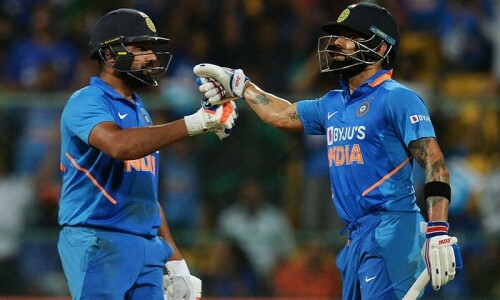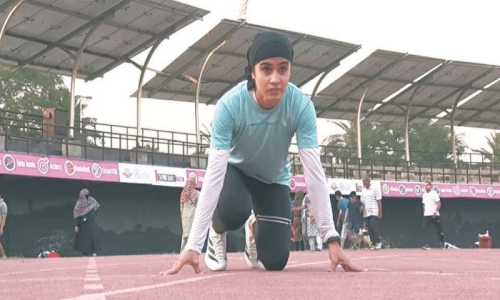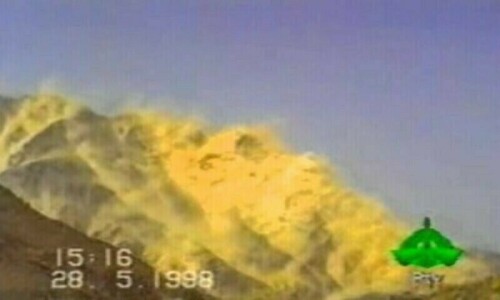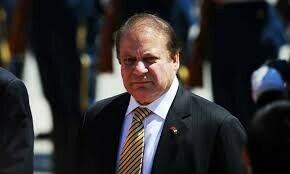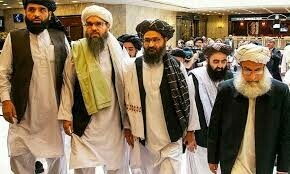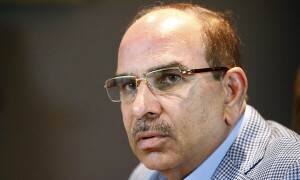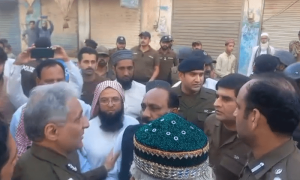AS always, March 23 will be celebrated by official ceremonies at home and abroad. Iqbal’s dream will get due mention as will the political acumen of those who passed the Lahore Resolution in 1940 calling for a separate country.
Rarely, though, do we hear about the actual contents of the historic resolution. The annual celebrations are routine, but voices calling attention to the contents drown in the din of fervent patriotism. Why is that the case?
The operative section of the resolution says: “no constitutional plan would be workable in this country or acceptable to Muslims unless it is designed on the following basic principles, viz., that geographically contiguous units are demarcated into regions which should be so constituted, with such territorial readjustments as may be necessary, that the areas in which Muslims are numerically in a majority, as in the north-western and eastern zones of India, should be grouped to constitute ‘Independent States’ in which the constituent units shall be autonomous and sovereign.”
Present-day nationalists in Pakistan, particularly in Sindh, embrace the contents of the resolution. Sindhi nationalists argue that the contents of the 1940 resolution constitute key elements of the pledge on which Muslim-majority regions opted for Pakistan.
In their assessment, the 1940 resolution envisaged a country where the constituent units would be autonomous and sovereign. The All India Muslim League was able to secure the support of Muslim-majority regions by opposing the centralist platform of the Congress.
Some who had been supporters of the Muslim League at the time of the Lahore Resolution, such as G.M. Syed, later turned against the party and eventually against the country. Why did they switch from being pro-Pakistan to anti-Pakistan?
The official Pakistani reply accuses people such as G.M. Syed of working on the instructions of India to weaken Pakistan. In reality, the opposition concerned the handing down of a product that was markedly different from the one promised in the 1940 resolution.
Instead of autonomous units forming the union, what transpired was a highly centralised state that trampled on the rights of the provinces.
While Congress, the old champion of centralised India, showed sensitivity to regional demands by reorganising Indian provinces along linguistic lines in the 1950s, the Muslim League in Pakistan slapped One Unit on diverse regions of the then West Pakistan in the name of creating parity with East Pakistan.
In the official narrative, the resolution can only be celebrated without referring to its contents. Highlighting these would undermine the dominant trait of Pakistani nationalism that equates provincialism with lack of patriotism. Provincial nationalists, on the other hand, rehearse core points of the resolution to challenge the dominant discourse.
Thus, while the Urdu and English media will celebrate the 1940 resolution as the pinnacle of Muslim nationalism in the subcontinent, vocal voices in the Sindhi print media will remind readers that the 1940 resolution remains a promise unfulfilled.
The writer is an academic based in Canada. hnizamani@hotmail.com















